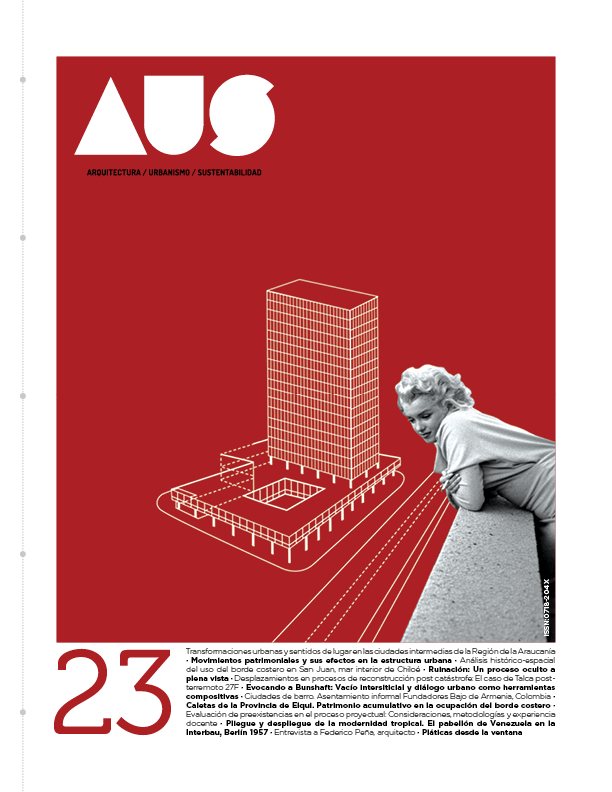Pliegue y despliegue de la modernidad tropical. El pabellón de Venezuela en la Interbau, Berlín 1957.
Main Article Content
Abstract
Venezuela’s pavilion for Berlin’s Interbau in 1957, a work by architect Guido Bermúdez and engineer Johannes Johannson, is a folded sheet that evokes what’s basic about inhabiting: dwelling beneath a cover. This building, the result of an operational process, reinterprets and expands fundamental architectural elements and techniques, such as the proposals made by Gottfried Semper to explain the evolution of architecture aside from any style. Without being housing, this structural experiment reflects on the way of living in the tropics based on a primitive tent-cabin. It also shows the development of Venezuelan architecture during the greatest expansion of the modern movement in the country. This analysis of the ideas and processes involved in the project collects and rebuilds the technical and visual documentation of a unique project in Venezuela’s architecture history and of post-war modern pavilion types.

